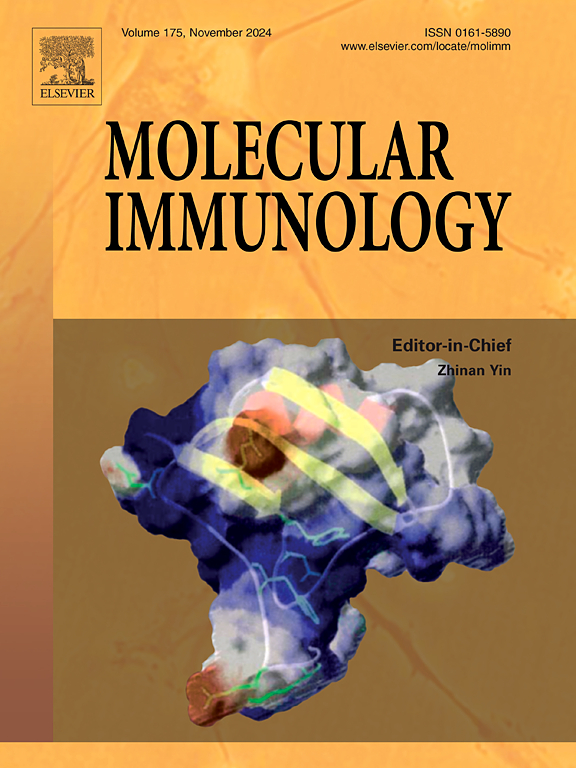CCL5: An emerging key target and progress in the targeted therapy of hepatocellular carcinoma
IF 3
3区 医学
Q2 BIOCHEMISTRY & MOLECULAR BIOLOGY
引用次数: 0
Abstract
Hepatocellular carcinoma (HCC) is a highly prevalent and lethal malignancy, presenting significant challenges in clinical diagnosis and treatment. The chemokine C-C motif ligand 5 (CCL5) plays a pivotal role in HCC pathogenesis. While traditionally viewed primarily as a mediator of immune cell chemotaxis and migration, recent evidence demonstrates that CCL5 directly influences tumor cells, regulating malignant behaviors such as proliferation and invasion. Furthermore, CCL5 recruits diverse immune cells, including immunosuppressive populations, to the tumor microenvironment (TME), remodeling the TME and exerting context-dependent effects that can either promote immune evasion or enhance anti-tumor immunity. This article reviews advances in understanding the mechanisms of CCL5 in HCC and discusses the translational potential of targeting CCL5 for HCC therapy.
CCL5:一个新兴的关键靶点和肝细胞癌靶向治疗的进展
肝细胞癌(HCC)是一种高度流行和致命的恶性肿瘤,在临床诊断和治疗方面提出了重大挑战。趋化因子C-C基序配体5 (CCL5)在HCC发病中起关键作用。虽然传统上认为CCL5主要是免疫细胞趋化和迁移的中介,但最近的证据表明,CCL5直接影响肿瘤细胞,调节增殖和侵袭等恶性行为。此外,CCL5招募多种免疫细胞,包括免疫抑制群体,进入肿瘤微环境(TME),重塑TME并发挥上下文依赖效应,可以促进免疫逃避或增强抗肿瘤免疫。本文综述了CCL5在HCC中的作用机制,并讨论了靶向CCL5在HCC治疗中的转化潜力。
本文章由计算机程序翻译,如有差异,请以英文原文为准。
求助全文
约1分钟内获得全文
求助全文
来源期刊

Molecular immunology
医学-免疫学
CiteScore
6.90
自引率
2.80%
发文量
324
审稿时长
50 days
期刊介绍:
Molecular Immunology publishes original articles, reviews and commentaries on all areas of immunology, with a particular focus on description of cellular, biochemical or genetic mechanisms underlying immunological phenomena. Studies on all model organisms, from invertebrates to humans, are suitable. Examples include, but are not restricted to:
Infection, autoimmunity, transplantation, immunodeficiencies, inflammation and tumor immunology
Mechanisms of induction, regulation and termination of innate and adaptive immunity
Intercellular communication, cooperation and regulation
Intracellular mechanisms of immunity (endocytosis, protein trafficking, pathogen recognition, antigen presentation, etc)
Mechanisms of action of the cells and molecules of the immune system
Structural analysis
Development of the immune system
Comparative immunology and evolution of the immune system
"Omics" studies and bioinformatics
Vaccines, biotechnology and therapeutic manipulation of the immune system (therapeutic antibodies, cytokines, cellular therapies, etc)
Technical developments.
 求助内容:
求助内容: 应助结果提醒方式:
应助结果提醒方式:


